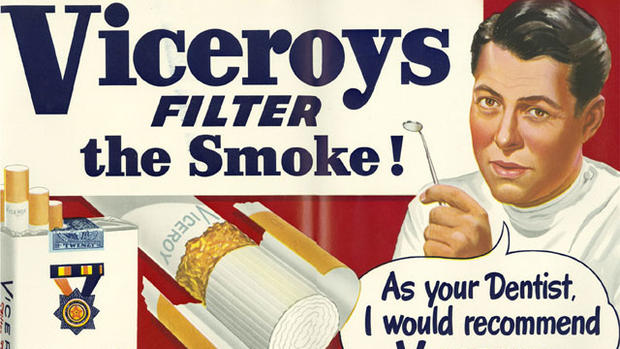Signs of tobacco smoke still found in non-smoking rooms
Choosing a non-smoking room may not be enough to ensure your room is tobacco-free.
Researchers discovered that hotels with a history of smoking still had the lingering effects of tobacco smoke pollution, known as thirdhand smoke. What's more, patrons who stayed in hotels that only allowed smoking in certain rooms still were exposed.
"(Nicotine residues and other chemical traces) don't stay in the smoking rooms," study author Georg Matt, a psychologist from San Diego State University, told USA Today. "They end up in the hallways and in other rooms, including non-smoking rooms."
Forty budget to mid-range priced hotels in San Diego were randomly selected for the study. Ten hotels completely banned smoking, while 30 had designated non-smoking and smoking rooms.
Researchers analyzed the surfaces and air quality of rooms to see if there was any signs of tobacco byproducts nicotine and 3EP. They also asked any non-smokers who spent a night at the establishments to provide urine and finger wipe samples to see if they had been exposed to nicotine and NKK, a compound found in tobacco smoke that is known to cause cancer. They also had their cotinine and NNAL metabolites measured, which are products the body forms after tobacco exposure.
They discovered that if a hotel had allowed smoking at one point in its rooms, there was still evidence of tobacco pollution -- even if the room was non-smoking now. Also, partial smoking bans at places where some rooms were designated as non-smoking did not protect the patrons from thirdhand smoke.
"When the smoke disappears, the danger does not end," Matt said.
Hotels with total smoking bans had lower surface nicotine and air 3EP levels than non-smoking and smoking rooms in partial-ban establishments. Surface nicotine levels where twice as high and air 3EP levels were seven times higher in non-smoking rooms in partial ban hotels than hotels with a total ban.
In smoking rooms, surface nicotine levels were 35 times higher than rooms in a hotel with a total smoking ban. Air nicotine levels were 22 times higher. But, even non-smoking rooms had a 40 percent higher air nicotine level than rooms in a total ban hotel.
Non-smokers who resided in hotels with both types of rooms had higher levels of finger nicotine and urinary contine than levels found in people who stayed in non-smoking hotels. Urinary NNAL was significantly higher in those staying in the 10 rooms with the highest levels of tobacco pollutants.
- Eating nicotine-containing produce like peppers, tomatoes may lower Parkinson's risk
- FDA: OK to use nicotine replacement therapies for longer than 12 weeks
- New York State proposes raising smoking age to 21
It's important to note that while research has been done on secondhand smoke and its negative effects, third-hand smoke hasn't been as researched. However, it does contain some of the same compounds as found in second hand smoke, Matt pointed out.
Last year, a study from the Centers for Disease Control and Prevention (CDC)found secondhand smoke levels throughout airports that had designated smoking areas.
"Guests who wish to protect themselves from exposure to tobacco smoke should avoid hotels that permit smoking and instead stay in completely smoke-free hotels," the authors wrote.
The study was published in Tobacco Control on May 13.


